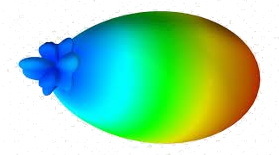 If you are interested in extending the range of your wifi network, and don’t mind a little construction, here are plans for building a 2.4 gHz high gain antenna for wireless networks. (A.K.A. Cantenna). With the use of one of these cantennas, I have been able to connect to my wireless access point a half a mile away! (they were pretty ideal conditions, but more on that later..) And I probably could have gone farther, but I wasn’t too keen on hiking through the woods with tall weeds, and uneven terrain balancing my laptop with one hand, and pointing one of these cantennas with the other hand. In this post I will show you how to DIY a Cantenna for your Wifi network.
If you are interested in extending the range of your wifi network, and don’t mind a little construction, here are plans for building a 2.4 gHz high gain antenna for wireless networks. (A.K.A. Cantenna). With the use of one of these cantennas, I have been able to connect to my wireless access point a half a mile away! (they were pretty ideal conditions, but more on that later..) And I probably could have gone farther, but I wasn’t too keen on hiking through the woods with tall weeds, and uneven terrain balancing my laptop with one hand, and pointing one of these cantennas with the other hand. In this post I will show you how to DIY a Cantenna for your Wifi network.
Here is a photo of the finished wifi cantenna:
Typically my approach to projects is that they need to be inexpensive, but they also need to use readily available materials. this project is no different. Please excuse me while I slip into “geek mode” for a minute.
This type of antenna is what is called a waveguide. There are several parameters. The two most significant ones are called the cut off frequency of the TM 01 mode and the cutoff frequency of the TE 11 mode. Basically these two parameters define the highest and lowest frequency that the cantenna can operate.
My problem was that I was having a hard time finding some sort of tube that was readily available. The closest thing I could find was a 4 inch aluminum dryer vent tube. This, according to waveguide calculations, was too big in diameter, and causes the upper cut off frequency to be too low. However, in messing around with many antennas through the years, I have realized that although antenna theories help us design antennas, sometimes it is an inexact science.
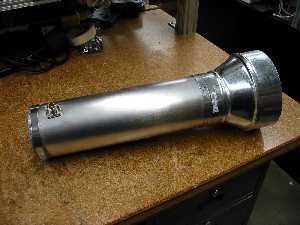
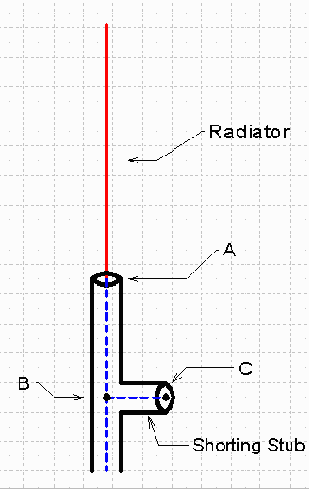
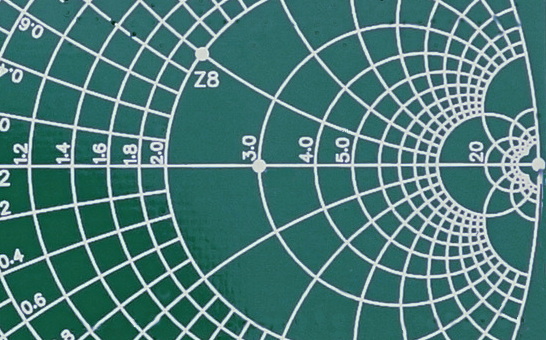 Since my TV antenna was damaged by an ice storm, I needed to
Since my TV antenna was damaged by an ice storm, I needed to 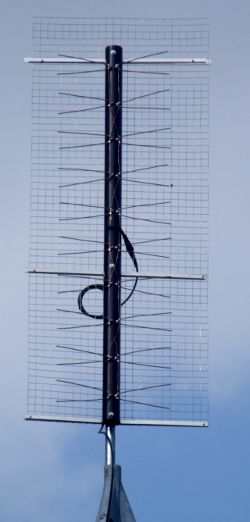 Additionally, the HDTV antenna builds I have seen don’t seem to have the long range that I need, such as the DB4. So I have come up with a modified version that works well in HDTV fringe areas. The photo on the left is my HDTV antenna that I built. I have also seen where people will take two HDTV DB4 antennas and gang them and then use a splitter / combiner to feed the HDTV antennas. Although this seems to work, my thinking is that adding a second antenna typically yields 3 db of gain. However a splitter / combiner has a 3 db insertion loss. Which is spelled out on the splitter’s package. It seems to me that you are losing what you have gained in ganging two DB4 antennas. My HDTV antenna build eliminates the need to use a splitter / combiner.
Additionally, the HDTV antenna builds I have seen don’t seem to have the long range that I need, such as the DB4. So I have come up with a modified version that works well in HDTV fringe areas. The photo on the left is my HDTV antenna that I built. I have also seen where people will take two HDTV DB4 antennas and gang them and then use a splitter / combiner to feed the HDTV antennas. Although this seems to work, my thinking is that adding a second antenna typically yields 3 db of gain. However a splitter / combiner has a 3 db insertion loss. Which is spelled out on the splitter’s package. It seems to me that you are losing what you have gained in ganging two DB4 antennas. My HDTV antenna build eliminates the need to use a splitter / combiner.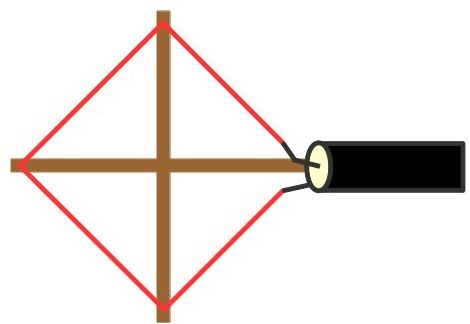
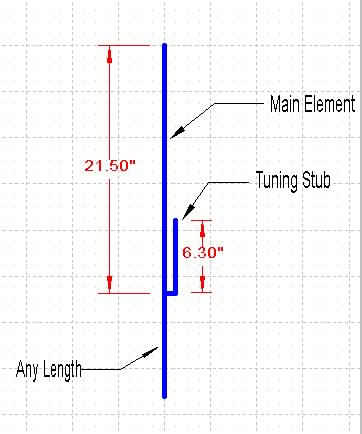
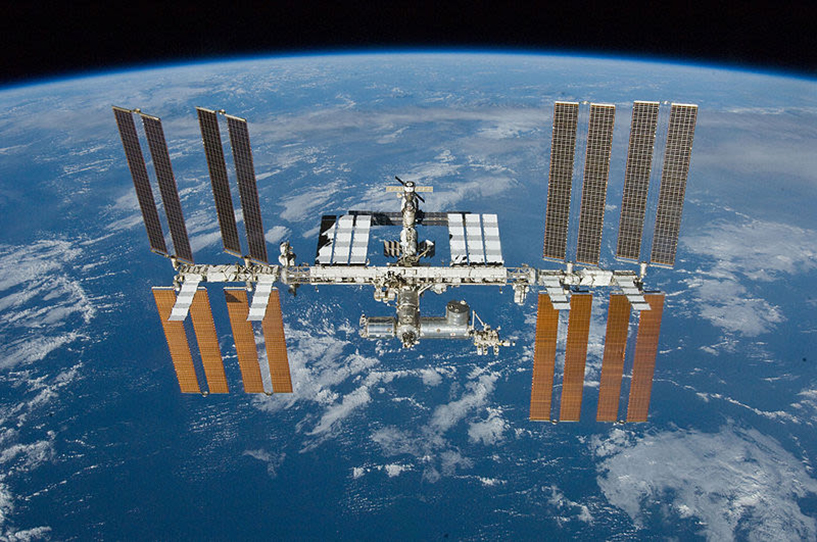 As of September 2, 2020, the new FM ISS Crossband repeater on board the
As of September 2, 2020, the new FM ISS Crossband repeater on board the 